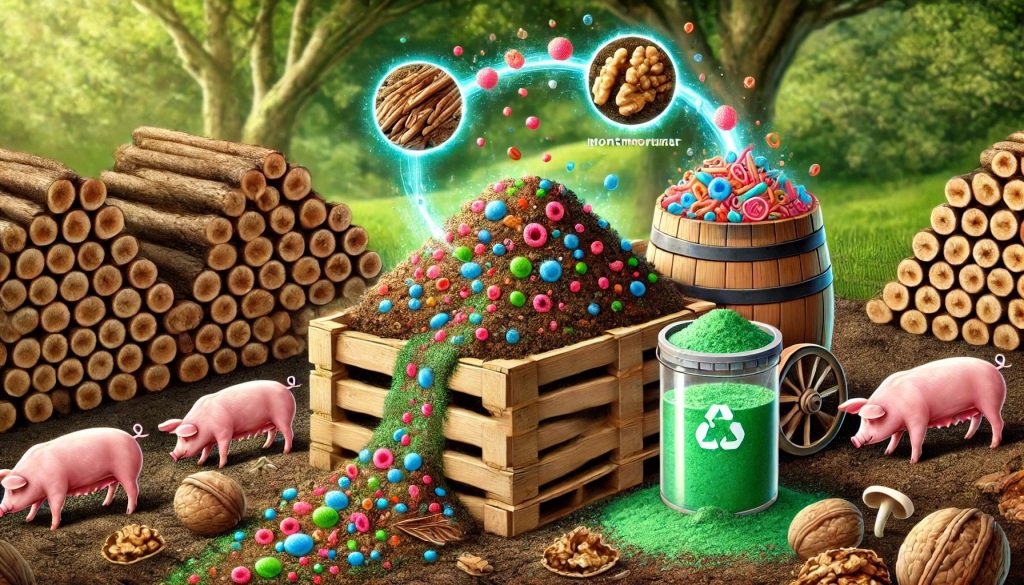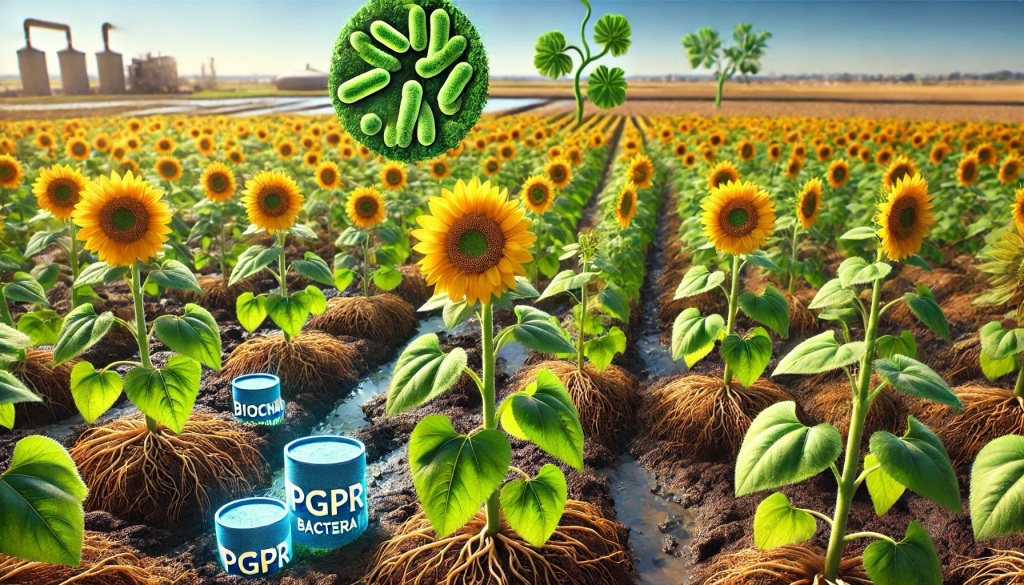
A recent study investigated how preparation conditions affect biochar’s adsorption capabilities. Researchers selected palm tree fiber, sesame stalk, and Platanus bark as raw materials, converting them into biochar through temperature-controlled vacuum carbonization. These biochar samples were then modified with potassium hydroxide (KOH) at different alkali–carbon ratios, activation temperatures, and times. The adsorption performance of the modified biochar was thoroughly analyzed.
Characterization using scanning electron microscopy (SEM), Brunner Emmet Teller (BET) measurements, Energy-dispersive X-ray spectroscopy (EDX), and Fourier transform infrared spectrometry (FTIR) revealed that KOH activation created numerous defects and cross-sections in the biochar. This process significantly increased the specific surface areas and pore structures, enhancing the biochar’s adsorption sites. Functional groups such as –OH and NH–, which boost adsorption, were also more prevalent after activation.
The study found that the iodine adsorption values of all three biochar types increased with rising pyrolysis temperature, up to a point, before declining. Palm tree fiber biochar showed the highest adsorption performance (1628.55 mg/g), followed by sesame stalk biochar (1485.23 mg/g) and Platanus bark biochar (1360.43 mg/g). These results surpass national first-class product standards, indicating high usability.
The findings suggest that an optimal biochar can be produced with a lower alkali–carbon ratio, reducing corrosion and cutting production costs. This research highlights the potential of fine-tuning preparation conditions to enhance biochar’s effectiveness as an adsorbent.






Leave a comment